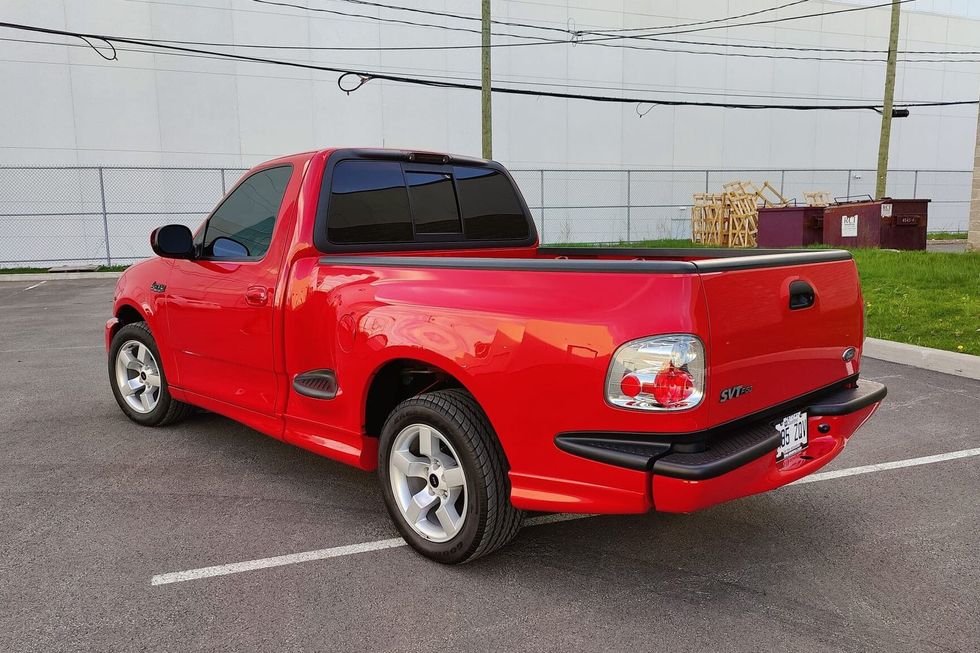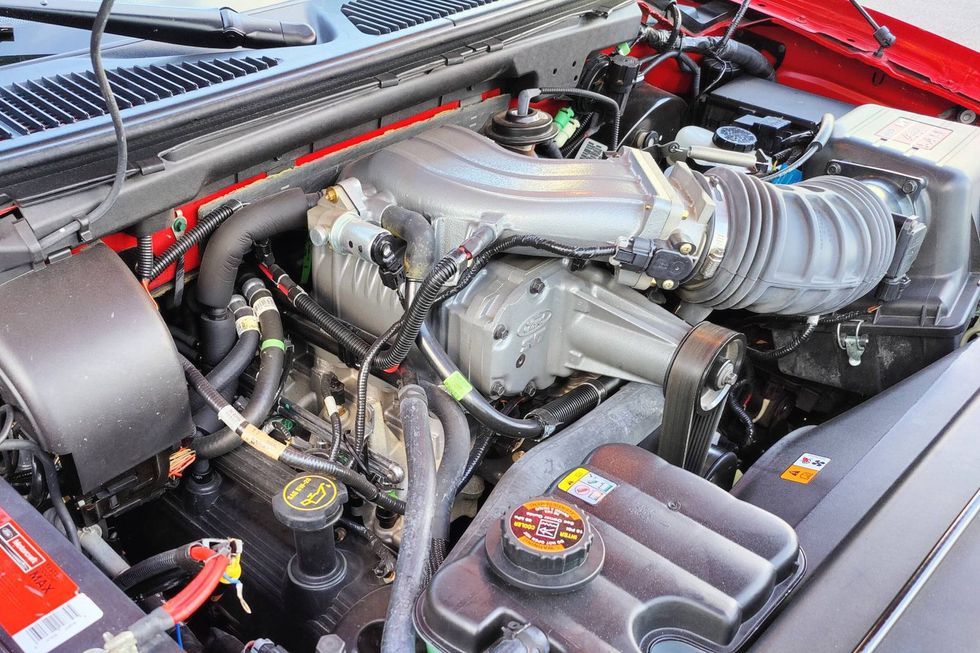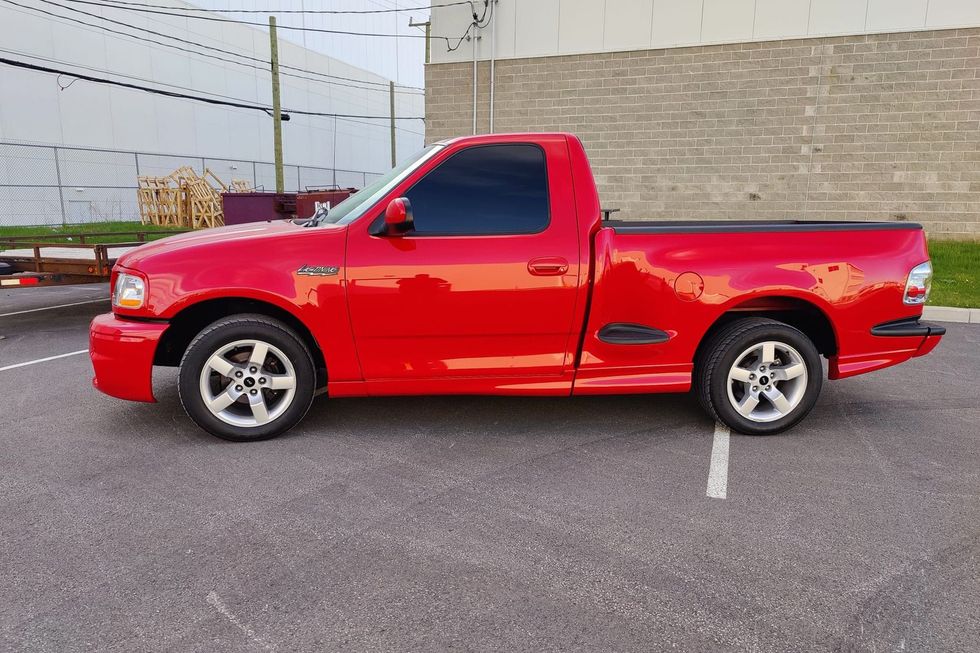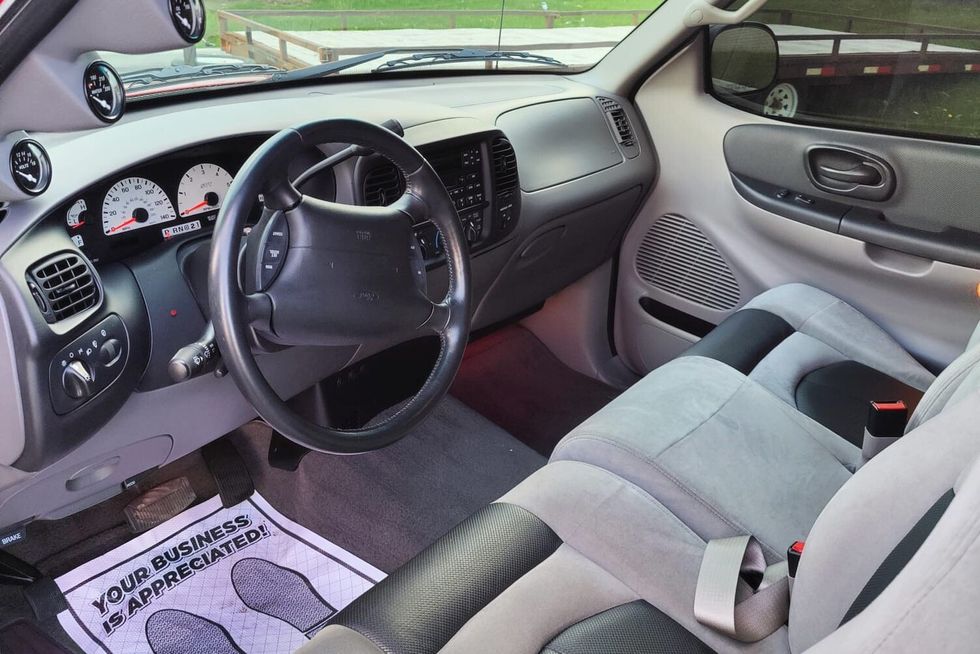Quintessential Cadillac - 1978 Cadillac Coupe de Ville
Nearing the end of the full-size era--the 1978 Coupe de Ville
09/22/2018


A car for every purse and purpose," was Alfred Sloan's vision for General Motors during his tenure with the company. Before it broke down thanks to too much badge engineering, the rigid divisional structure he created in the 1920s guided GM to be not only the world's largest automaker, but the world's largest corporation.
The shining jewel atop that hierarchy, of course, was Cadillac, the self-proclaimed "Standard of the World" to which all other automobiles were compared.
The crisis of American confidence that took hold in the 1970s would eventually lay waste to the Cadillac division, though many would argue it has risen to new heights today. Before that, however, the nameplate could be counted on to build models that conformed to styling and marketing trends with deep roots. Perhaps no car better symbolizes those old Cadillac philosophies than the final generation rear-wheel-drive de Ville.
The de Ville name comes from carriage manufacture and implies a handsome, luxurious conveyance for use in town. As a Cadillac appellation, it goes back to the 1949 Coupe de Ville, Cadillac's pillarless hardtop body style in the Series 62 model, itself named after a Motorama dream car based on the high-luxury Series 60 Special. The de Ville remained an upmarket variation on the pedestrian (for Cadillac) Series 62 until 1959 when the Coupe and Sedan de Ville obtained separate-model status.
From then until the 1980s, when Cadillac began to change its image in response to the inroads of European and Japanese luxury brands, the de Ville was something of a bellwether for the company. In 1978, Cadillac brochures identified Coupe de Ville as "America's favorite luxury car." When it shifted to front-wheel drive in 1985, leaving only the Fleetwood constructed in the old style, the old days were clearly gone at Cadillac.
Michael Signorile, of Staten Island, New York, got his taste for Cadillacs young, back when Cadillac was unabashedly a large, powerful, cushy American car--upstart Seville notwithstanding. At the tender age of eight, he took a ferry ride with his grandfather to Brooklyn. Disembarking in the Bensonhurst neighborhood, young Michael was struck by the concentration of GM's crown jewel.
"When we got off the train, Cadillacs were all around," he reminisces, "And that's how the love affair got started. From that point on, I always wanted a Coupe de Ville."
In particular, Michael notes, he wanted one built in the late 1970s. "The design and shape, to me, are perfectly proportioned. Not as big as the 1976 Cadillacs, the '77 to '79 models were downsized."
The new Cadillacs at that time were the fifth generation of the de Ville model, sharing the C-body platform with the Buick Electra and the Cadillac Fleetwood. The reduced size helped General Motors meet the upcoming Corporate Average Fuel Economy standards, 18 mpg for 1978, as did the 425-cu.in. V-8, a reduced-bore version of the monstrous 472-cu.in. V-8 used in 1968-'74 de Villes.
The 425 V-8 was short-lived, replaced for 1980 by a further-necked-down 368-cu.in. V-8, which would find itself saddled with underdeveloped cylinder shutdown technology the next year. While the fifth-generation de Ville would continue in production through the 1984 model year, it was never really the same after the 1979 model year.
The 425 V-8, in carbureted form, was rated at 180 horsepower, only 10 fewer than the 500-cu.in. V-8 it replaced. The slight loss of power compared with the approximately half-ton reduction in weight made for little reduction in performance, but the consumer of Cadillac products in the late 1970s was not so much concerned with power as luxury.
The de Ville continued to deliver its traditional opulence in spades. Standard features for 1978 included the robust Turbo Hydra-Matic 400 automatic transmission, automatic climate control, power windows, an AM/FM signal-seeking stereo ("with Scanner and Disappearing Antenna!"), six-way power seat and the classic Cadillac crest, standing proud out front.
All of that was what Michael was looking for when he decided, as a 40th birthday present to himself, to seek out his own Coupe de Ville. At first, none of his leads panned out, but on a Sunday morning in October 2015, this one practically found him. "My friend Joey said 'Hey Mike, did you see that Cadillac?'" The car, located only five miles from Michael's house, had just appeared "down the beach from where all the car guys meet in Staten Island," with a for-sale sign in the window. Its original, 83-year-old owner had finally decided to part with his Canyon Copper Firemist 1978 Coupe de Ville. The seller told Michael "he was happy it went to a true Cadillac enthusiast."
Michael's appreciation for the marque runs deep. Originally hoping to find a white de Ville, he's quickly come to appreciate the Canyon Copper color, thanks to its rarity. He also enthuses about the car's all-original condition.
"What I really love about this Cadillac is its originality. It was never really touched except for maintenance. Nobody ever cut the radio out as so many of these models were. It still has the original Delco eight-track tape deck and it still works."
The ride is also a time warp, both physically and psychologically. "When I get behind the wheel of this Coupe de Ville, it takes me back to a simpler time, and being surrounded by all that body makes me feel safe," Michael said. "It's so nice to get compliments from other people on the road--it reminds them of years ago."
"The car handles and steers like a typical Cadillac. You can turn the wheel with one finger, and the transmission shifts very smoothly. The front disc/rear drum brakes stop well, but I don't take any chances."
That cautious approach--to preserve and maintain the car's originality--also applies to how Michael cares for the Cadillac, treating it to a biannual oil change and protecting the original paint, Elk Grain vinyl roof and Antique Mulberry leather upholstery with Meguiar's and Mothers products. He is also planning to replace the rear body filler panels ahead of the bumper, along with the rear shocks and springs, soon.
This Cadillac is driven about 500 miles per year, on Sundays between April and October. It's a rolling piece of Cadillac history and Michael is striking a balance between experiencing--and enjoying--that history and preserving it for future generations. However, on the street may be the only place you'll get to see Michael's Coupe de Ville, as he says he hasn't entered it into any car shows.
"To me," he says, "the award is the car."
Forget Ford’s groundbreaking electric truck for a moment to consider this 2001 Ford SVT F-150 Lightning now offered on Hemmings Auctions. Instead of the dual permanent-magnet motors found in the current electric Lightning, the 1999-2004 SVT Lightning featured a supercharged version of Ford’s 5.4-liter “modular” OHC V8. Rated at 380 horsepower in the 2001-’04 models, it was good enough to make a stock lightning a formidable opponent on the street as well as at the strip.
A follow-up to the original 1993-’95 F-150 Lightning, which was a high-performance version of a standard F-150, the second-generation SVT super truck presented as a more thoroughly developed model with a lot more exclusive components that further differentiated it from the rest of the F-Series lineup. Beyond the engine, the entire suspension and braking system, not to mention aerodynamic body add-ons, were part of the Lightning package from 1999 through 2004. Exclusive interior components were also part of the package.
At the heart of this SVT Lightning is its iron-block 5.4-liter SOHC, 16-valve V8 with a supercharger and an intercooler. The blower helped it deliver 380 horsepower and 450 lb-ft of torque in 2001, up some 20 horsepower and 10 lb-ft from the ’99 and 2000 models. The Eaton supercharged engine delivered peak boost of 8.0 psi and the engine featured an 8.4:1 static compression ratio, down from the standard 5.4 V8’s 9.0:1, which was rated at 260 horsepower and 350 lb-ft.
Power reached the rear 18-inch cast aluminum-alloy wheels via a four-speed automatic, an aluminum driveshaft and a beefy 9.75-inch, limited-slip rear axle with an acceleration-friendly 3.73:1 final-drive ratio, another upgrade for 2001. Car and Driver magazine reported a 0-60 mph time of 5.2 seconds and a quarter-mile in an E.T. of 13.8 seconds at 104 mph—impressive numbers for a 4,600-pound truck. Top speed was a drag-limited 142 mph.

Trucks generally require a suspension that can handle a full load in its bed while also providing competent driving while empty. But if you fancy one designed to a sports-car standard, then something has to give. In the case of the second-gen Lightning, Ford dropped its payload capacity to a mere 800 pounds. A standard 2001 F-150 Styleside carried a 3,180-pound payload rating, while an F-150 Flareside was rated at 2,005 pounds, some two-and-a-half times the Lightning, which featured the short-bed Flareside body. Towing capacity, likewise, was reduced from 8,800 pounds to 5,000 in the Lightning. But the Lightning’s strengths were never its payload or towing capacities, but it’s ability to perform like a sports car.
As a 21st century performance vehicle, however, the second-gen Lightning was also equipped to handle. A half-inch drop at the front was accompanied by SVT-specific coil springs and Bilstein shocks along with an exclusive 31-mm solid anti-roll bar. SVT’s influence continued at the rear with Lightning-specific five-leaf springs and a 23-mm solid anti-roll bar. The Bilstein setup at the rear included the right-rear shock staggered toward the front of the truck to reduce axle hop under heavy acceleration. The four-wheel antilock disc brakes were cribbed from the three-quarter-ton F-250, with 12.1-inch front rotors at the front and 13.1-inch discs at the rear.

As the years go on, fewer and fewer clean, unmolested low-mileage examples are out there, which is why this 2001 Ford SVT F150 Lightning now on Hemmings Auctions caught our attention. Showing just 5,525.5 miles on its odometer at the time of submission, it is said to be in “mint” condition and have an “immaculate” finish in the seller’s words. No modifications are noted to any part of the vehicle. The 18-inch factory alloys don’t appear to have any curb rash, though the Goodyear performance tires may be original. About the only deviations from stock are the tinted windows.
The latest electric-only F-150 Lightning is certainly a quick vehicle in its own right, but this 2001 edition from the engineers at SVT was built for excitement, not range. It was made with an old-school muscle-car vibe along with modern handling and braking. Which Lightning would you look good behind the wheel of?
Take a look at this second-gen Lightning on Hemmings Auctions before the bidding ends.

Spring is here. As the snow melts and the daffodils bloom, it’s time for many vintage cars to emerge from winter hibernation and get back on the road. Thinking of adding to the collection? We have 10 vehicles in spring-like shades of yellow – including cars and trucks, U.S. and European – to catch your eye.

















































